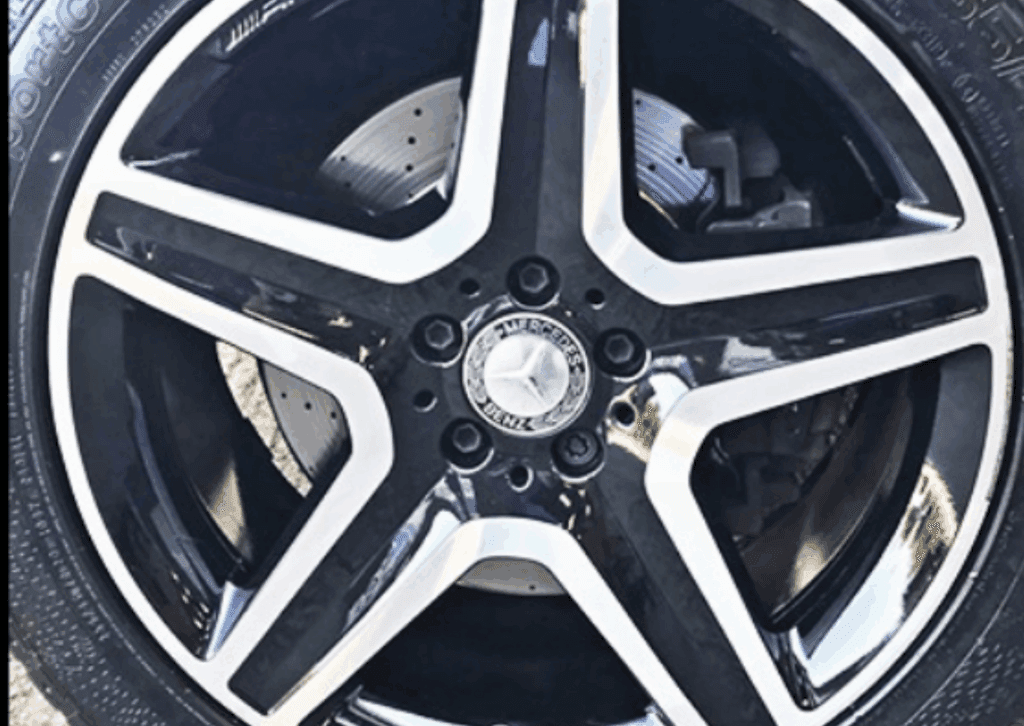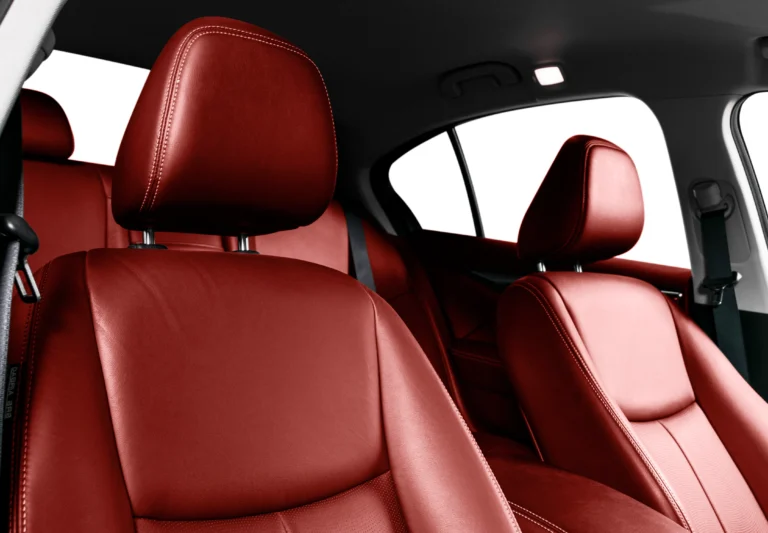Maintaining the appearance of your vehicle extends beyond just the paintwork; your wheels play a significant role in the overall aesthetic and performance. Alloy wheels, known for their sleek look and light weight, can suffer from damage over time due to curb rash, chips, and general wear and tear. When it comes to refurbishing alloy wheels, car owners typically have two primary options: Standard Alloy Wheel Refurbishment (often referred to as SMART repair) and Diamond Cut Alloy Wheel Refurbishment. Each method has its own process, benefits, and limitations, making it essential to understand which is best suited for your needs.
I. Standard Alloy Wheel Refurbishment/SMART Repair: A Cost-Effective Cosmetic Fix
What Is Standard Alloy Wheel Refurbishment?
Standard Alloy Wheel Refurbishment, commonly known as SMART (Small to Medium Area Repair Technique) repair, is a quick and budget-friendly method designed to address cosmetic imperfections on standard painted alloy wheels. This process focuses on improving the visual appeal of your wheels by repairing minor damage such as curb rash, paint flaking, and lacquer issues.
Key Aspects of Standard Alloy Wheel Refurbishment
- Target Issues: This method is ideal for fixing surface-level blemishes like paint flaking, curb rash, scuffs, minor chips, and lacquer damage. It’s important to note that this type of refurbishment is purely cosmetic and does not address any structural issues with the wheel.
- Process: The refurbishment process involves meticulously cleaning the damaged area to ensure a smooth finish when applying new lacquer. The existing tire shine is removed to prevent any reaction with the new lacquer. The damaged area is then sanded down and smoothed out. A primer and undercoat are applied, followed by colour-matched paint that blends seamlessly with the surrounding area. Finally, a fresh layer of lacquer is applied, and the wheel is cured using UV or heat lamps to harden the finish.
- Limitations: While Standard Alloy Wheel Refurbishment can significantly improve the appearance of your wheels, it is primarily a cosmetic solution. Minor imperfections might still be visible upon close inspection, and the process does not involve any structural repair. Additionally, this method does not typically come with a warranty, as the repaired area can be susceptible to new damage from everyday driving.
- Cost and Convenience: This method is generally more affordable and quicker than more specialised repairs, making it an attractive option for those looking to refresh the look of their wheels without breaking the bank.
II. Diamond Cut Alloy Wheel Refurbishment: Precision for a Premium Finish
What Is Diamond Cut Alloy Wheel Refurbishment?
Diamond Cut Alloy Wheel Refurbishment is a specialised procedure specifically designed for diamond-cut alloy wheels. These wheels are characterised by a unique finish that involves removing a thin layer of alloy using a diamond-tipped cutting tool on a CNC lathe, creating a distinctive two-tone effect. This process requires specialised equipment and expertise, making it a more expensive option compared to standard refurbishment.
Key Aspects of Diamond Cut Alloy Wheel Refurbishment
- Target Issues: Diamond Cut Alloy Wheel Refurbishment is ideal for repairing curb rash and similar damage on diamond-cut alloys—issues that cannot be adequately addressed through standard refurbishment methods. The process restores the original finish of the wheel, maintaining its unique aesthetic appeal.
- Process: The process begins by removing the wheel from the vehicle and partially deflating the tire to access the rim. The wheel is then placed on a CNC lathe, where a precise measurement is taken before a thin layer of alloy is carefully removed to eliminate the damage. After the cutting process, a new layer of lacquer is applied to protect the newly exposed alloy surface, restoring the wheel’s pristine look.
- Limitations: One of the primary limitations of Diamond Cut Alloy Wheel Refurbishment is that it can only be performed a limited number of times. Each refurbishment removes a layer of alloy, and excessive material removal can weaken the structural integrity of the wheel. This makes it essential to consider the number of refurbishments a wheel has already undergone before opting for this method again.
- Cost and Expertise: Due to the specialised nature of this process, Diamond Cut Alloy Wheel Refurbishment is more expensive than standard refurbishment. However, for those with diamond-cut wheels, it’s often the only option to maintain their distinct finish.
- Warranty Considerations: Similar to standard alloy refurbishment, warranties are typically not offered for diamond-cut repairs due to the potential for new damage during regular use.
Additional Considerations: Rebalancing
Contrary to popular belief, rebalancing a wheel after diamond-cut refurbishment is generally unnecessary, as the amount of material removed is minimal and doesn’t significantly affect weight distribution. However, it’s still advisable to check the balance to ensure optimal performance, especially when a new tire is installed.
III. Choosing Between Standard and Diamond Cut Alloy Wheel Refurbishment
When deciding between standard and diamond-cut alloy wheel refurbishment, the type of wheel, the extent of the damage, and your budget are key factors to consider.
- Standard Alloy Wheel Refurbishment is suitable for painted wheels with minor cosmetic damage. It’s a quick, cost-effective solution that can significantly enhance the appearance of your wheels, though it’s mainly a surface-level fix.
- Diamond Cut Alloy Wheel Refurbishment is necessary for wheels with a diamond-cut finish, especially when dealing with curb rash and other surface damage that standard methods cannot address. While more expensive, this method is essential for preserving the unique aesthetic of diamond-cut alloys.
IV. Conclusion: Tailoring Your Wheel Care to Your Needs
In the world of alloy wheel refurbishment, understanding the differences between standard and diamond-cut repairs is crucial for making an informed decision. Standard refurbishment offers a convenient and cost-effective way to improve the appearance of painted alloy wheels, making it ideal for addressing minor cosmetic issues. On the other hand, diamond-cut refurbishment provides a more specialised approach necessary for maintaining the distinct look of diamond-cut alloys, despite its higher cost and the limitations on the number of times it can be performed.
Ultimately, the choice between these two methods should be guided by the specific needs of your wheels, the extent of the damage, and your budget. Whether you’re looking for a quick cosmetic fix or a precision repair to restore your wheels’ premium finish, understanding these options will help you achieve the best results for your vehicle.
Wash Doctors is your mobile, on-demand alloy wheel repair and mobile car valeting platform. Simply book via the app and a fully-trained insured technician will come to you. Book today.





